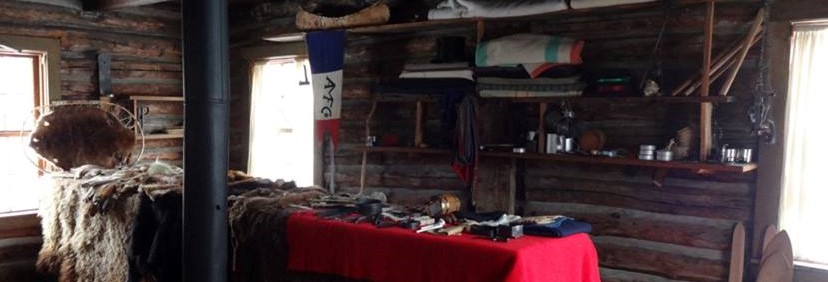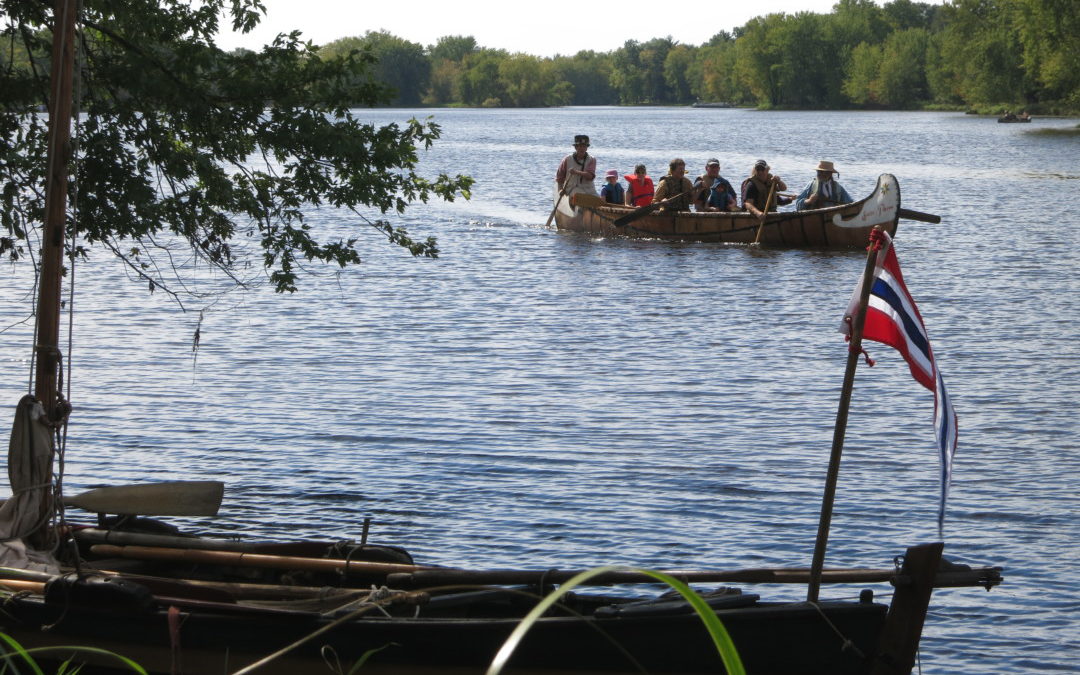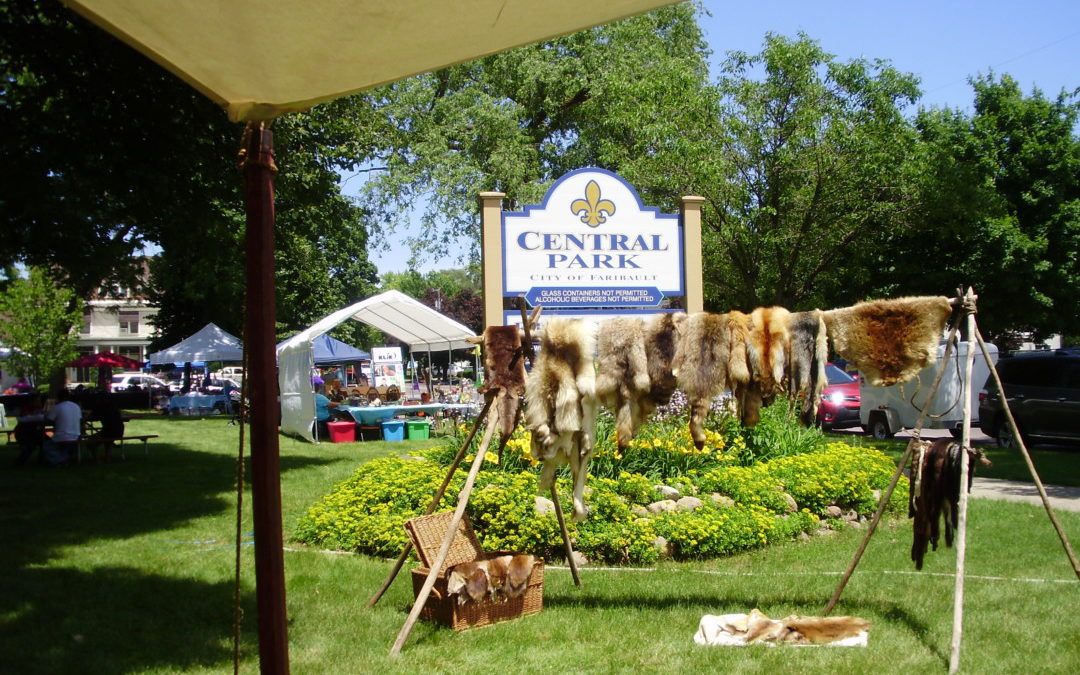
Three things: interpreting the Dakota fur trade
This is my latest brainstorm about the differences in interpreting the fur trade at Dakota sites versus the fur trade at Ojibwe sites. In other words, what's the story, and how is it different, depending on where we are interpreting; for example, at the Faribault...

Interpreting the Fur Trade at The Landing
For almost every living history event we do, context is hugely important in delivering effective interpretation. As we all know, there are layers upon layers of context, a variety of circumstances and facts that surround the event. I’m embarrassed to say I missed a layer or two in my preparation for a recent event; I could not offer the quality of interpretation I think the visitors deserved. So here are some suggested resources that are helping me learn more about the fur trade between the American companies and the Dakota in the Minnesota River Valley in the years before Minnesota statehood.

Mittens: Warm hands for voyageurs!
Hardy modern voyageurs know that keeping hands warm and dry when working outside during winter is very important. But how best to protect those digits when you’re reenacting the “little ice age” winters of the late 18th and early 19th centuries? Obviously, something that warms, insulates and keeps fingers functional are needed, but what is historically accurate? Mittens! not only period appropriate, historically accurate and documented from fur trade sources but effective and easy to make.

Fall Gathering 2016
The third weekend in September is the annual Fall Gathering at the North West Company Fur Post in Pine City, MN. We had excellent representation from La Compagnie. We had twelve tents set up by the Snake River, with over 20 members present, most staying at the camp...

History meets Fiction: Novels about the fur trade
As winter approaches, my list of fur trade related projects always grows: make new items of historic clothing. Repair and improve my camp gear. Try out new historic receipts. Research, research and more research. To me, research usually means reading. And there’s nothing better than a good book to pass the time and inspire me to improve my interpretation. So, now that your rendezvous gear is packed away for the winter, what’s on your reading list?

Hot Day at Faribault
On June 18, seven members of La Compagnie packed up their kits and headed south to Faribault, MN for the community's Heritage Day Festival in Central Park. By nine o'clock a simple, yet effective display was created! David and Jeff worked on getting a fire (and...

La Compagnie’s Canoe Fleet
Like our collection of trade goods, our canoes are essential tools for us. Where else can people see historic watercraft like these on the water? How else can we show the world what a voyageur brigade looks like? What better way is there to demonstrate the lives and...

Up the St Croix, by pole and rope
Last weekend, a crew of intrepid La Compagnie members ascended the St. Croix River from the mouth of the Snake River to the mouth of the boiling Kettle River, in the Saint Pierre, our 26′ north canoe. We made good progress against a stiff headwind and swift running waters using poles and cordelle, following the same route John Sayer traveled on almost the same day in 1805.

All manner of goods, suitable for a travelling fur trader
We have a lot of stuff! Besides three canoes and a cariole, La Compagnie has over five dozen furs, assorted camping gear, including tents, tarps and flys, and several bales, boxes and cassettes of trade goods. Instead of always hauling everything, we decided to create a smaller set of goods to take to smaller events, like classroom presentations. We were inspired by Patrick’s research into the items traders commonly sent with en dérouine expeditions.

A dozen little things . . .
Okay, you bought, borrowed or made enough clothes to get you to events. Nothing fine, nothing flashy, nothing unusual. You felt almost comfortable and learned to handle the inevitable question, “Why are you wearing those funny clothes?”
